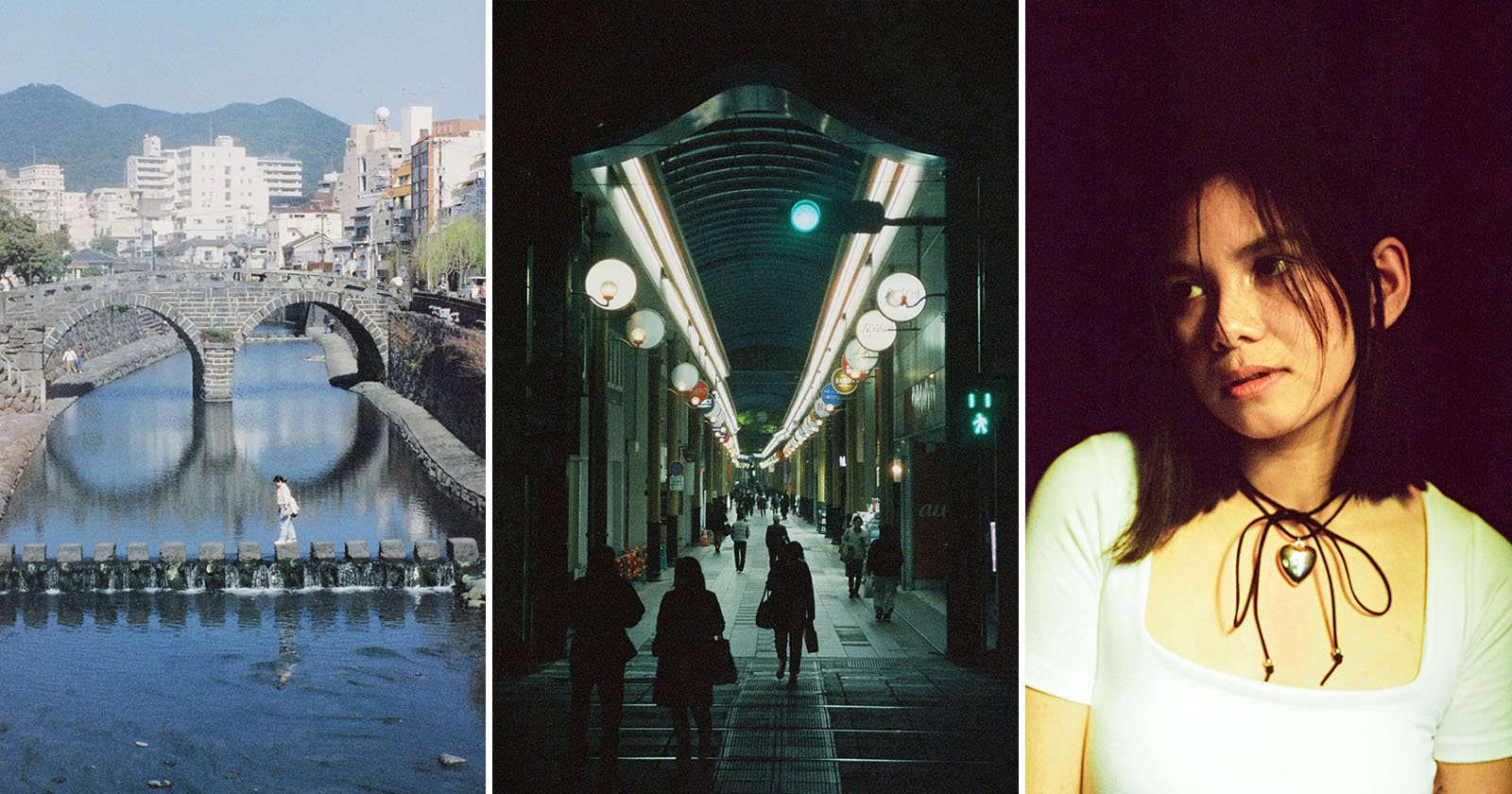
Modern photography is often defined by speed, filters, and fleeting trends, yet Kerwin Mallari has carved a distinctive path by focusing on stillness, intuition, and the subtle beauty of everyday life. Surrounded from an early age by his father’s extensive collection of photographs, he developed a profound appreciation for the stories that images can tell.
For Mallari, photography is more than a craft; it is a language through which he explores human emotion, observes fleeting moments, and captures the quiet intersections between people and their environments. His work spans intimate portraits, urban landscapes, and ephemeral scenes that might otherwise go unnoticed, revealing both the external and internal landscapes of his subjects with thoughtfulness and care.
“I was always fascinated by the stories that can be told by and through photographs. Back in college, I had a DSLR and used to shoot everything that interested me, people mostly, because I loved seeing how humans react to the presence of a camera,” Mallari says.
After graduating in 2017 and completing his architecture license two years later, Mallari felt a renewed freedom to pursue photography seriously. A thrift store film camera purchase in 2020 reignited his passion, reminding him of the emotional resonance of images and the warmth of memories captured on film.
Photography Style and Influences
Mallari’s photographic style has evolved over the years, but one consistent thread is his dedication to capturing emptiness and stillness as a means of emotional resonance. He explains that tranquil spaces are not simply aesthetic choices; they are conduits for feeling and introspection, allowing viewers to inhabit the emotional space of a moment rather than simply observing it.
“I feel like my style is constantly evolving, but the one recurrent thing about my photographs is that I’m always trying to capture emptiness or stillness as an apparatus of emotional resonance. There is a beauty to tranquil spaces that fills my mind with charged emotions,” Mallari notes.
Influences such as Fan Ho shape his instincts, but his approach remains highly personal, guided by intuition rather than a fixed formula. He often draws inspiration from photographers who emphasize mood, light, and composition to tell stories.
“The works of photographers I admire, Fan Ho immediately comes to mind, instinctively inform how I shoot images. Their ability to evoke feeling through light and shadow guides me even when I am not consciously thinking about it,” Mallari says.
Process and Workflow
For Mallari, the creative process begins not with a concept, but with exploration. He favors photo walks, often taken alone, to discover scenes that resonate emotionally or visually. Through this method, he allows ideas and narratives to emerge organically, capturing moments that feel authentic rather than contrived.
“For my personal projects, I rarely start with a concept. The cycle that I go through is ‘travel, shoot, collate, then conceptualize,’ especially now that I am becoming more of a street photographer,” Mallari notes.
This process also helps him engage with fleeting or ephemeral scenes, places he might never see again, which he considers vital to preserving memory and emotion in his work.
Recurring themes in Mallari’s work include the transient beauty of locations and intimate portraits of people closest to him. His images often serve as vessels of memory, capturing the essence of fleeting moments in time. The emotional connection he has with his subjects informs how he frames and composes each photograph.
“There are two main things I find myself returning to: the ephemeral beauty of places that I can see only once or a few times, and the face of my favorite person,” Mallari says.
Gear and Technical Approach
While equipment once played a central role in his process, Mallari now emphasizes creativity and adaptability over technical specifications. He shoots primarily with film cameras, including a Canon EOS 5 and a Nikomat FT2, using both zoom and prime lenses to capture diverse perspectives.
“I focus more and more on what I can do with what I have at the moment. I would love to try medium format someday, but for now, I make do with my current gear,” Mallari notes.
His approach to light, composition, and framing is intuitive. He prefers to let natural light shape his images and avoids overthinking technical details, trusting instinct to guide him to the best shot.
Notable Works and Projects
Among his most cherished images are portraits taken in a room with stained glass windows, where sunlight created a soft, radiant glow around his subject. These spontaneous portraits, unplanned yet striking, exemplify the power of serendipity in Mallari’s photography.
“The portraits I took of my girlfriend on my birthday accidentally looked like a Renaissance painting. They were unplanned, but the light and the moment aligned perfectly,” Mallari says.
He is currently working on a series capturing the springtime beauty of Japan, aiming to translate the subtleties of place, culture, and seasonal change into images that could become a coffee table book or gallery exhibition.
“My latest project showcases Japan in the spring. I hope to publish it as a coffee table book or present it in a gallery, and it could eventually become the first in a photo journal series of Japan and its four seasons,” Mallari notes.
Inspirations and Influences
Mallari’s influences are rooted in photographers who prioritize emotion, light, and narrative over technical perfection. He finds inspiration in those who can convey a story through a single image, whose work encourages him to trust instinct and embrace the unplanned. This philosophy allows Mallari to focus on the authenticity of moments rather than striving for perfection, resulting in photographs that feel alive and intimate.
“I am drawn to photographers who evoke feeling and emotion in their work. Their approach informs my own, not by imitation but by inspiring me to see and capture the world through a lens of empathy and curiosity,” Mallari says.
Looking Ahead
Through his photography, Kerwin Mallari demonstrates that the true power of an image lies not in technical perfection, but in its ability to capture emotion, memory, and the fleeting essence of a moment. By embracing intuition, observation, and quiet reflection, he transforms ordinary scenes and everyday interactions into evocative visual stories.
As he continues to explore new projects, from intimate portraits to the seasonal landscapes of Japan, Mallari invites viewers to pause, reflect, and rediscover the beauty in the world around them, one carefully considered frame at a time.



